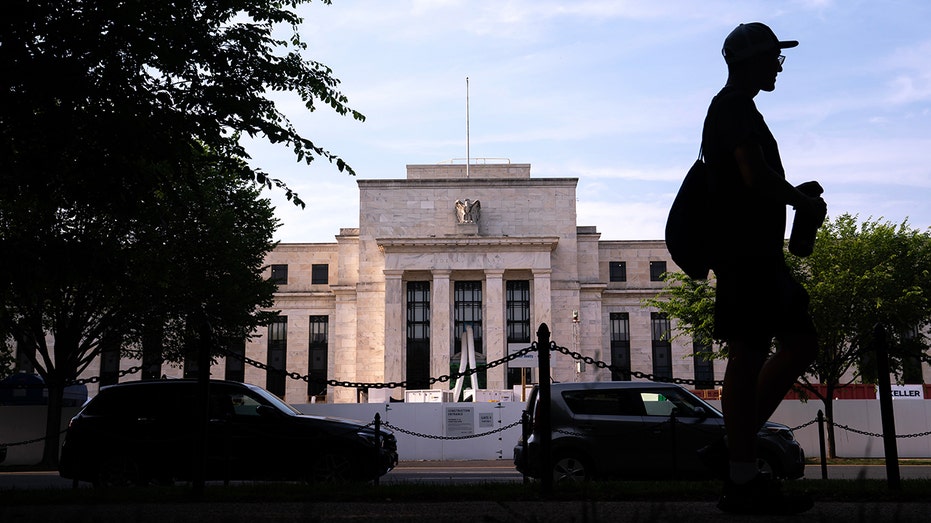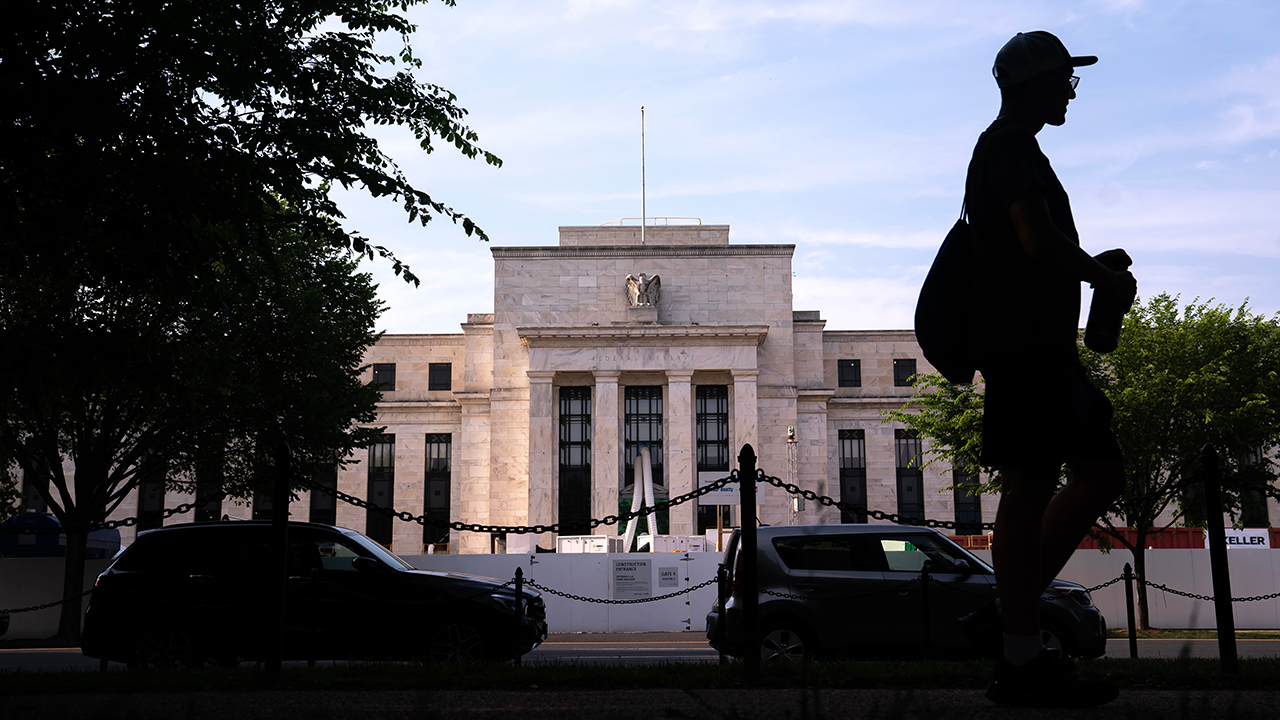Fed's fight against inflation is weighing on middle-class Americans
Middle-class Americans are growing more worried about higher interest rates
What does the Federal Reserve's hawkish stance means for investors?
Cresset Capital CIO and founding partner Jack Ablin discusses higher interest rates and offers his market outlook on 'Barron's Roundtable.'
Americans are more worried about the state of the U.S. economy than they were one year ago, despite the resilient job market, slowing inflation and an unexpected surge in growth during the third quarter.
The spike in pessimism largely stems from fears over the Federal Reserve's aggressive interest rate hike campaign, which has pushed borrowing costs to the highest level since 2001, according to a new Harris Poll conducted for Bloomberg News.
The survey found that 57% of middle-class Americans think higher interest rates are having a negative effect on their household finances. On top of that, about 44% said they were stressed about the economy – up from 40% one year ago and 39% in March.
FED'S POWELL WARNS SLOWER ECONOMIC GROWTH MAY BE NEEDED TO COOL HIGH INFLATION
Fed officials voted at their September meeting to hold interest rates steady at a range of 5.25% to 5.5%. However, policymakers also left the door open to an additional increase this year – and indicated they will hold rates at peak levels for longer than previously expected.

A pedestrian passes the Marriner S. Eccles Federal Reserve building in Washington, D.C., on June 3, 2023. (Photographer: Nathan Howard/Bloomberg / Getty Images)
The Fed is scheduled to meet two more times this year, in November and December. Investors widely agree the central bank will hold rates steady at the upcoming November meeting, according to the CME Group's FedWatch tool, which tracks trading.
However, some traders expect that the Fed will approve a 12th rate increase in December following the blowout GDP report last week, which showed the economy grew at a 4.9% annualized rate from July through September. The pace far exceeded analyst expectations and marked the best gain since 2021.
TAYLOR SWIFT, BEYONCE JUICE 3Q GDP
Hiking interest rates tends to create higher rates on consumer and business loans, which then slows the economy by forcing employers to cut back on spending.
While the federal funds rate is not what consumers pay directly, it affects borrowing costs for home equity lines of credit, auto loans and credit cards. Higher rates have helped push the average rate on 30-year mortgages above 8% for the first time in years.

Customers shop at a supermarket in Foster City, California on Sept. 13, 2023. (Photo by Li Jianguo/Xinhua via Getty Images / Getty Images)
For Americans who carry a balance from one month to the next, the steady increase in rates over the past 18 months could be costing them hundreds – even thousands – of dollars.
GET FOX BUSINESS ON THE GO BY CLICKING HERE
Those rates are unlikely to fall substantially anytime soon, thanks to the Fed's higher-for-longer policy stance.
"The era of cheaper debt is gone," said Karl Jacob, the CEO and founder of LoanSnap. "Interest rates will remain at higher levels, causing many Americans to be saddled with higher interest debt, impacting their financial health and the health of the broader economy."
While inflation has declined from a high of 9.1%, it remains above the Fed's 2% target. The Labor Department reported on Oct. 12 that the consumer price index, a broad measure of the price for everyday goods including gasoline, groceries and rents, rose 0.4% in September from the previous month. Prices are up 3.7% from the same time one year ago.





















